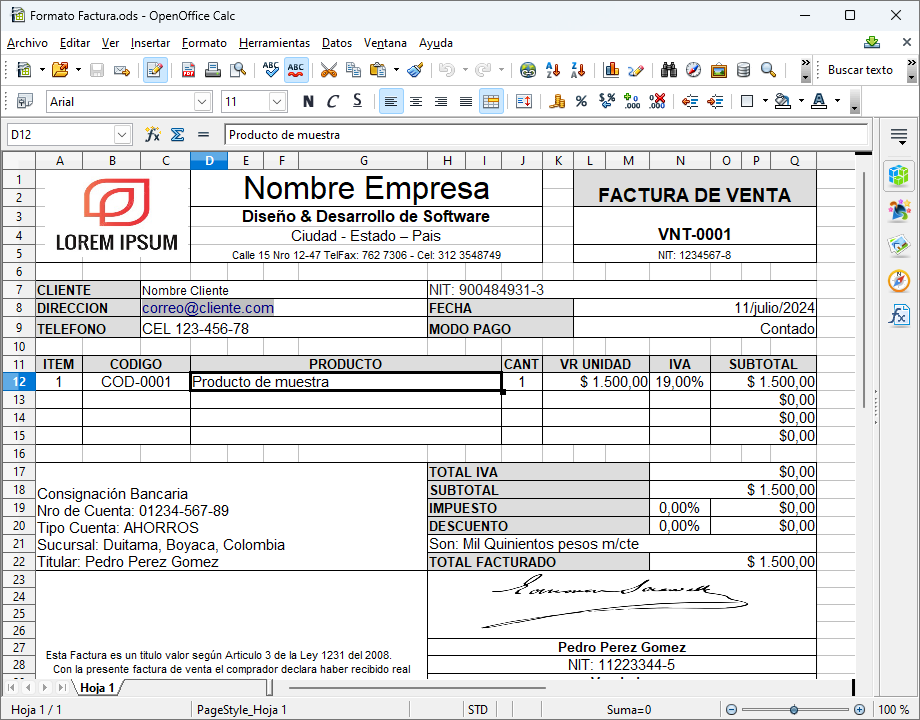The Power of Data-Driven Cross-Selling
In the world of marketing and sales, there are various strategies to increase customer loyalty and satisfaction, as well as to increase a company''s revenue. One of the most effective techniques is cross-selling, which is based on offering related products or services to existing customers. However, for this strategy to be truly effective, it is essential to use purchase data to personalize and optimize offers.

What is cross-selling?
Cross-selling is a sales technique that consists of offering additional products or services to existing customers, with the aim of increasing the value of the sale and improving the customer experience. This strategy is based on the idea that customers who have already purchased a product or service are more likely to buy others related to it, as they have shown interest in the brand and its products.
Benefits of cross-selling
- Increase in revenue: Cross-selling can significantly increase a company''s revenue, as existing customers are more likely to buy additional products.
- Improvement of customer loyalty: By offering related products, companies can demonstrate that they understand the needs and preferences of their customers, which can increase loyalty and satisfaction.
- Reduction of customer acquisition costs: Cross-selling is a way to increase revenue without having to invest in acquiring new customers.
The importance of purchase data in cross-selling
For cross-selling to be effective, it is essential to use purchase data to personalize and optimize offers. Purchase data can provide valuable information about customer preferences and behaviors, allowing companies to create more relevant and attractive offers.
Types of purchase data useful for cross-selling
- Purchase history: A customer''s purchase history can provide information about their preferences and purchasing behaviors.
- Related products: Purchase data can identify related products that a customer is more likely to buy.
- Browsing behavior: A customer''s browsing behavior on a website can provide information about their interests and preferences.
Examples of cross-selling based on purchase data
Here are some examples of how companies can use purchase data to create effective cross-selling offers:
- Related product offers: An electronics company can offer accessories for a product that a customer has recently purchased.
- Additional service offers: A travel company can offer additional services, such as travel insurance or excursion packages, to customers who have booked a trip.
- High-end product offers: A fashion company can offer high-end products to customers who have purchased mid-range products.
Cross-selling based on purchase data is an effective strategy to increase revenue and improve customer loyalty. By using purchase data to personalize and optimize offers, companies can create more relevant and attractive shopping experiences for their customers. However, it is essential to remember that the key to cross-selling success is personalization and relevance, so it is important to use purchase data effectively and ethically.






